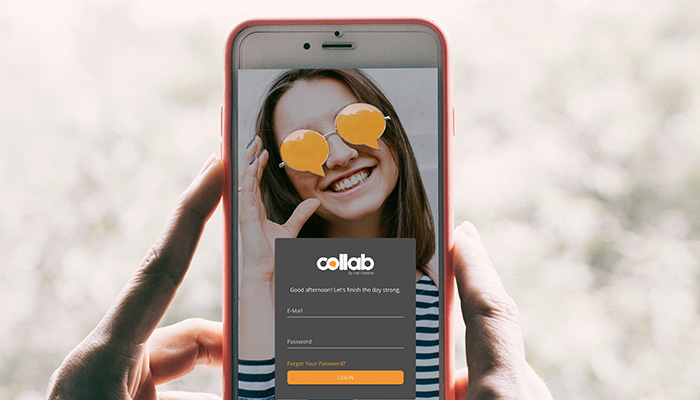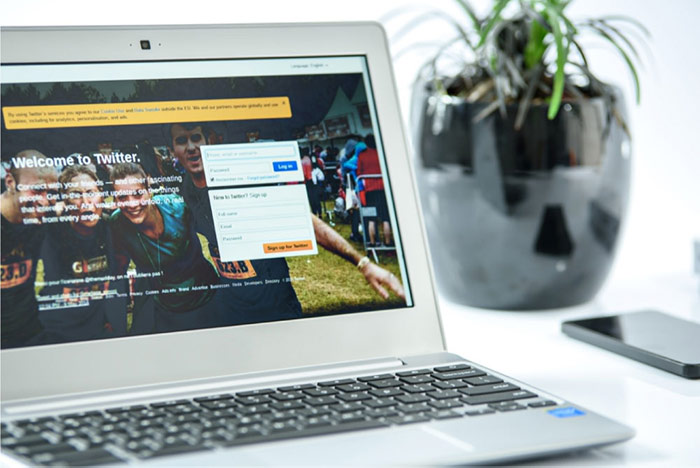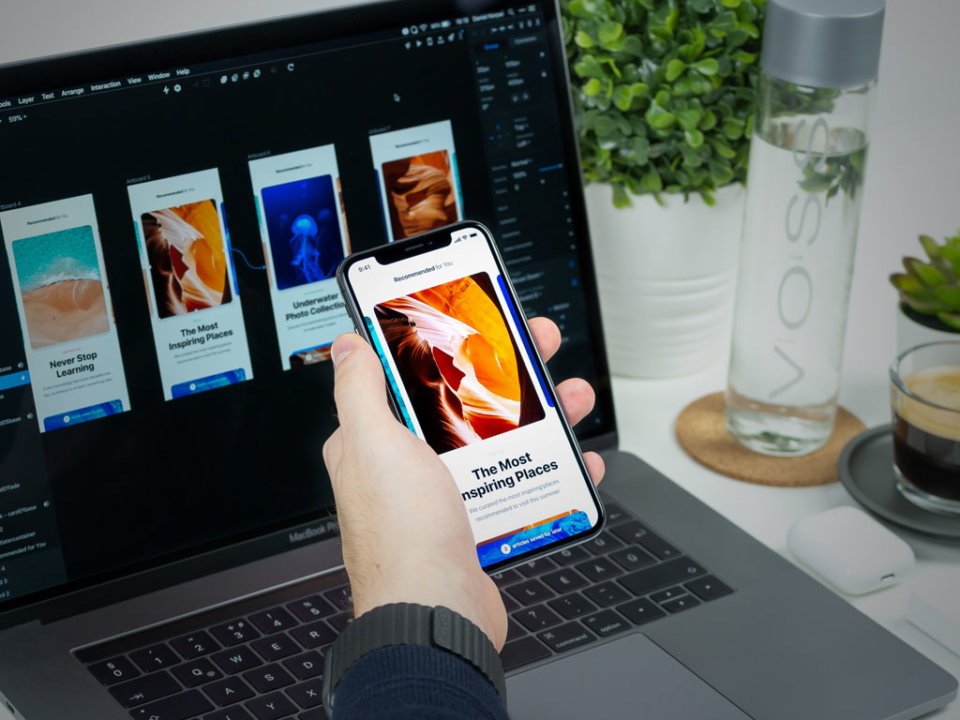When you spend most of your working life involved with digital marketing, it’s easy to forget other forms of marketing exist. Sell sheets might seem old-school, but they can bring in business you might not connect with otherwise. The key to designing an effective sell sheet is knowing what to include and what to leave out.
What is a Sell Sheet?
A sell sheet is a flyer you can hand to a prospect or client. It describes the benefits of a product or service, your pricing structure, information on a new release or updated product or something similar you want the client to know about your business. A sell sheet can also be used to update existing marketing materials, such as a press kit, without reprinting everything.
What To Do: A great sell sheet presents you in the most professional way possible. It should be two-sided (if you have enough content) and printed on high-quality glossy paper. Include professional quality photos, charts, tables or other relevant graphics.
What Not to Do: A professional or B2B sell sheet is not an amateurish flyer that looks like it was thrown together in a hurry and printed at home. It’s not something you’d leave on the windshields of cars in a parking lot.
A well-executed sell sheet isn’t a catalog. The intent is to convey just enough information on a specific topic to generate a conversation now or a phone call later.
How to Design a Killer Sell Sheet
Let’s take a look at the elements of a sell sheet you’ll be proud to hand out and that brings in business.
1. Keep it Short and Easy to Read
- You can fit a lot of copy on an 8.5″ x 11″ sheet, but keep it short.
- Don’t use confusing, unnecessary, or technical jargon.
- Break text up into small segments perfect for skimming. Large blocks of text will get ignored by a prospect.
- Stay focused on one product or service. You can have different sell sheets highlighting other products or services.
- Use bold headlines.
2. Explain Why the Customer Should Do Business With You
You’ve got the answer to their problem. Make sure the customer knows this.
- Define the customer’s problem in as few sentences as possible.
- Highlight why your product or service is the customer’s best solution, listing features, benefits and the main selling point.
- Briefly explain why your product or service is superior to your competitor’s. This can be a good spot for a table with a side-by-side comparison.
- If the purchaser won’t be the one using the product or service, include benefits to appeal to both.
3. Use Photos, Charts, Tables, Lists and Images
- Visual aids should make up about two-thirds of your sell sheet.
- Images break up the text and convey information quickly in an attractive, easy-to-digest format.
- Ideally, visuals should tell the customer most of your story, getting your point across even if the customer reads little of the text.
- Professional-quality photos are extremely important. Even if a very competitive price is one of your main selling points, you never want to look cheap.
One of BXP Creative’s primary strengths is our ability to think outside the box. As you know, you can spend hundreds of dollars an hour for a professional photographer. We know how to blend top-grade stock images with photos of your product to create dynamic, unique professional photos and killer sell sheets for an affordable price.
4. The All-Important Call to Action
- Never forget a call to action. After all, the purpose of the sell sheet is to generate leads or sales.
- Give the customer the phone number, website URL, or whatever information is needed to take the next step in the sales process. Make it easy for them to get in touch.
- Ask for the sale more than once on both sides of the sell sheet.
BXP Creative’s motto is “Less Stress. More Control.” We’re experienced marketers who make your life easier by becoming your creative department. Whether it’s a sell sheet with great content and visuals, website development or optimization or one of our other marketing services, we’ve got you covered.




